Jiangsu museums offer diverse exhibitions in May Day holiday
As the May Day holiday (May 1-5) approaches, Jiangsu’s museums will offer visitors a variety of new programs, ranging from the focus on the distinct charm of Jiangnan to time-honored crafts.
On April 28, Nanjing Municipal Museum unveiled an exhibition of over 100 paintings and calligraphy works by artists from the Haipai (Shanghai School), curated collaboratively with museums in Nanjing, Shanghai and Hangzhou.
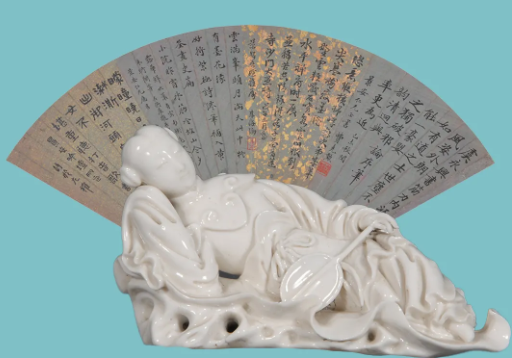
(Photo provided to Xinhua Daily)
On the same day, Changzhou Museum launched an exhibition celebrating the elegant lifestyle of Jiangnan literati, with over 100 cultural relics that illustrate their cultural heritage.
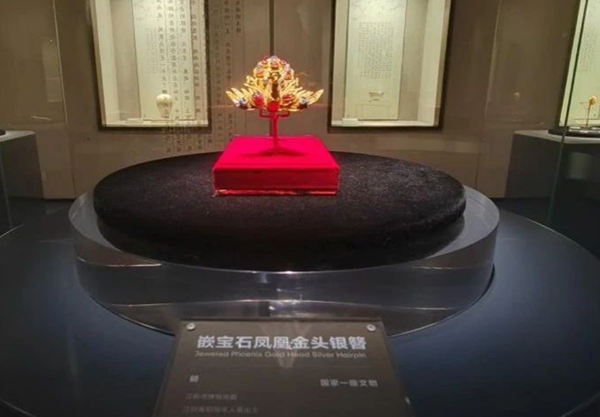
On May 1, Jiangyin Museum will display 25 cultural relics tracing the city’s history from the Neolithic era to the late Qing Dynasty (1644-1911).
Also on May 1, Suzhou Bay Museum will exhibit more than 40 types of crafts from Suzhou and Hangzhou, including embroidery, seal-carving and fan-making, complemented by famous poems from various dynasties to underscore the elegance and beauty of the two iconic cities.
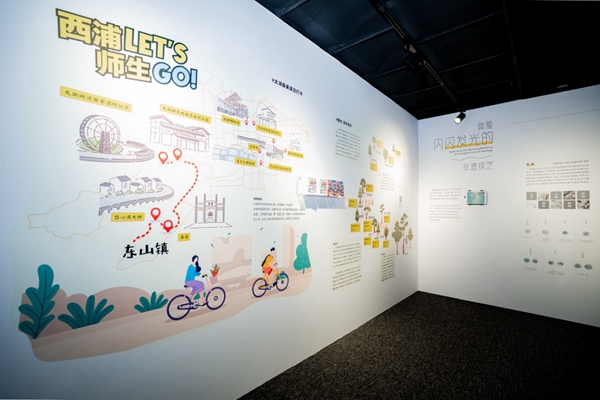
Additionally, Xi'an Jiaotong-Liverpool University and the Museum of Wu are co-hosting the “Lost in Jiangnan” exhibition, offering a comprehensive guide to explore the attractions and intangible cultural heritage.
The Suzhou Silk Museum initiated an exhibition on April 30, focusing on Zhangduan velvet, a prized intangible cultural heritage of Suzhou.
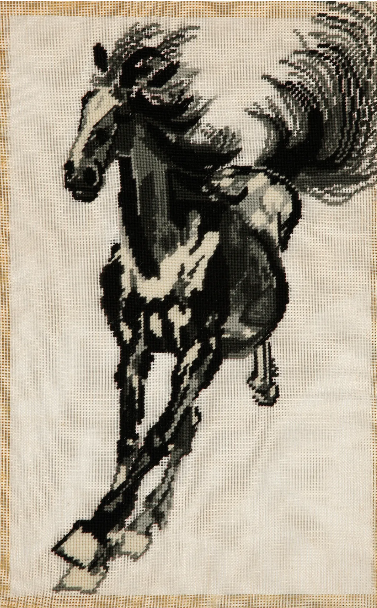
On the same day, Wuxi Museum highlighted woolen embroidery with masterpieces by Zhu Jingfen, inspired by Xu Beihong’s famous Galloping Horse painting.
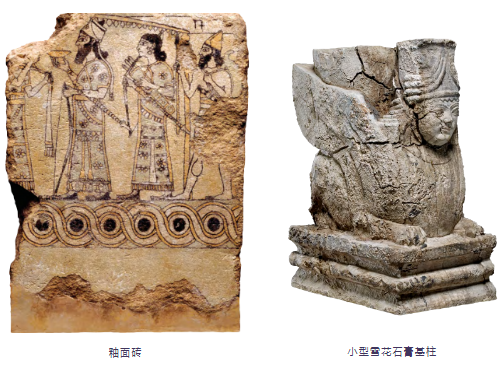
Further exploring cultural exchanges, Suzhou Museum will open the special exhibition “I am Ashurbanipal, King of Assyria” on May 1, exploring the reign of Ashurbanipal who ascended to the throne in 669 BC, when the Assyrian Empire was at its peak and spanned from the Eastern Mediterranean to western Iran.
Also on May 1, Suzhou Bay Museum will introduce the Gandhara exhibition, inviting visitors to explore the ancient Indian culture and Buddhist art.
Moreover, Yancheng Museum has launched an exhibition dedicated to Lu Xun, showcasing his manuscripts, translations, designs, and a collection of prints, revealing not only his literary prowess but also his passion for art.
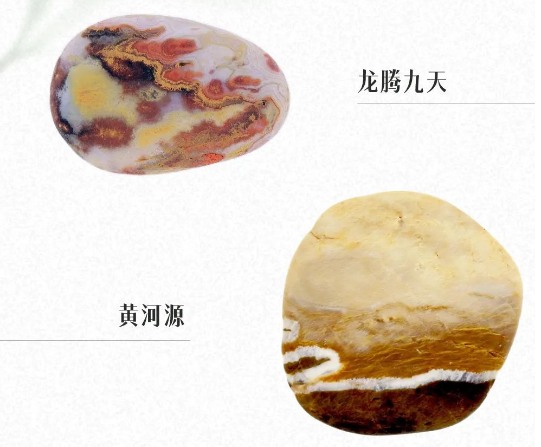
In Yizheng Museum, the 19th Yuhuashi (rain flower stone) exhibition features the unique type of stone native to Nanjing, highlighting its creation and beauty.